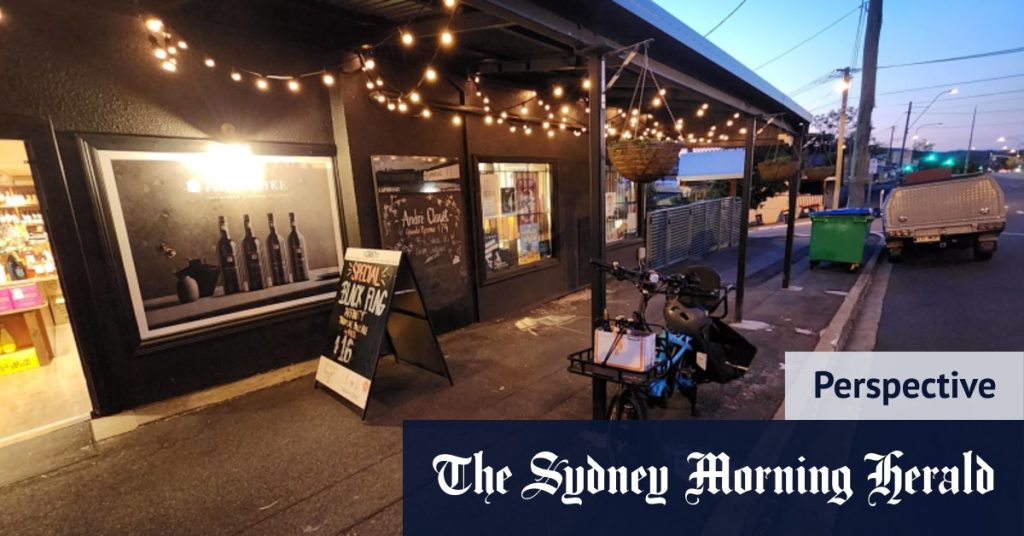Cargo bikes and e-bikes have made it easier for people to not only transport goods but also passengers. While cargo bikes with buckets in front or longtails with extra room at the back are popular choices, regular bikes equipped with racks, baskets, and panniers are also commonly used for shopping and commuting. People are finding creative ways to carry large items on their bikes, challenging the idea that SUVs or large vehicles are necessary for transporting goods. In fact, most people visiting suburban areas are not buying large items like furniture or TVs, but instead are socializing, enjoying coffee and lunch, or browsing through smaller items like books or clothes.
Recent research conducted by the University of Queensland has shown that drivers spending more money in shopping precincts like Boundary Street in West End. However, non-motorists such as cyclists and pedestrians tend to spend more money per month because they visit these areas more frequently. This suggests that creating a more pedestrian and cyclist-friendly environment can lead to increased spending and economic activity in these areas. Dr. Dorina Pojani, an Associate Professor at UQ, recommends transforming at least one on-street parking lane into a bike lane in Boundary Street while still prioritizing disability parking spaces to encourage more cycling and walking.
The focus of promoting cycling and pedestrian-friendly spaces is not solely about the mode of transportation. Rather, it is about creating welcoming and beautiful public spaces where people can easily connect and socialize. By prioritizing people and places over cars and traffic, cities can encourage more community engagement and vibrance in their urban areas. According to place maker Fred Kent, if cities are planned with a focus on people and places, they will attract more people and create a more vibrant and lively atmosphere, as opposed to a city dominated by cars and traffic.
Overall, the use of cargo bikes, e-bikes, and regular bikes for transportation is not only practical but also contributes to a more sustainable and community-oriented way of living. By rethinking the way people transport goods and passengers, cities can create more inclusive and inviting spaces for people to come together, socialize, and support local businesses. Encouraging active transportation like cycling and walking can lead to increased economic activity, greater social connections, and a more vibrant urban environment. Ultimately, prioritizing people and places over cars and traffic can lead to a more vibrant, engaging, and sustainable future for cities around the world.


